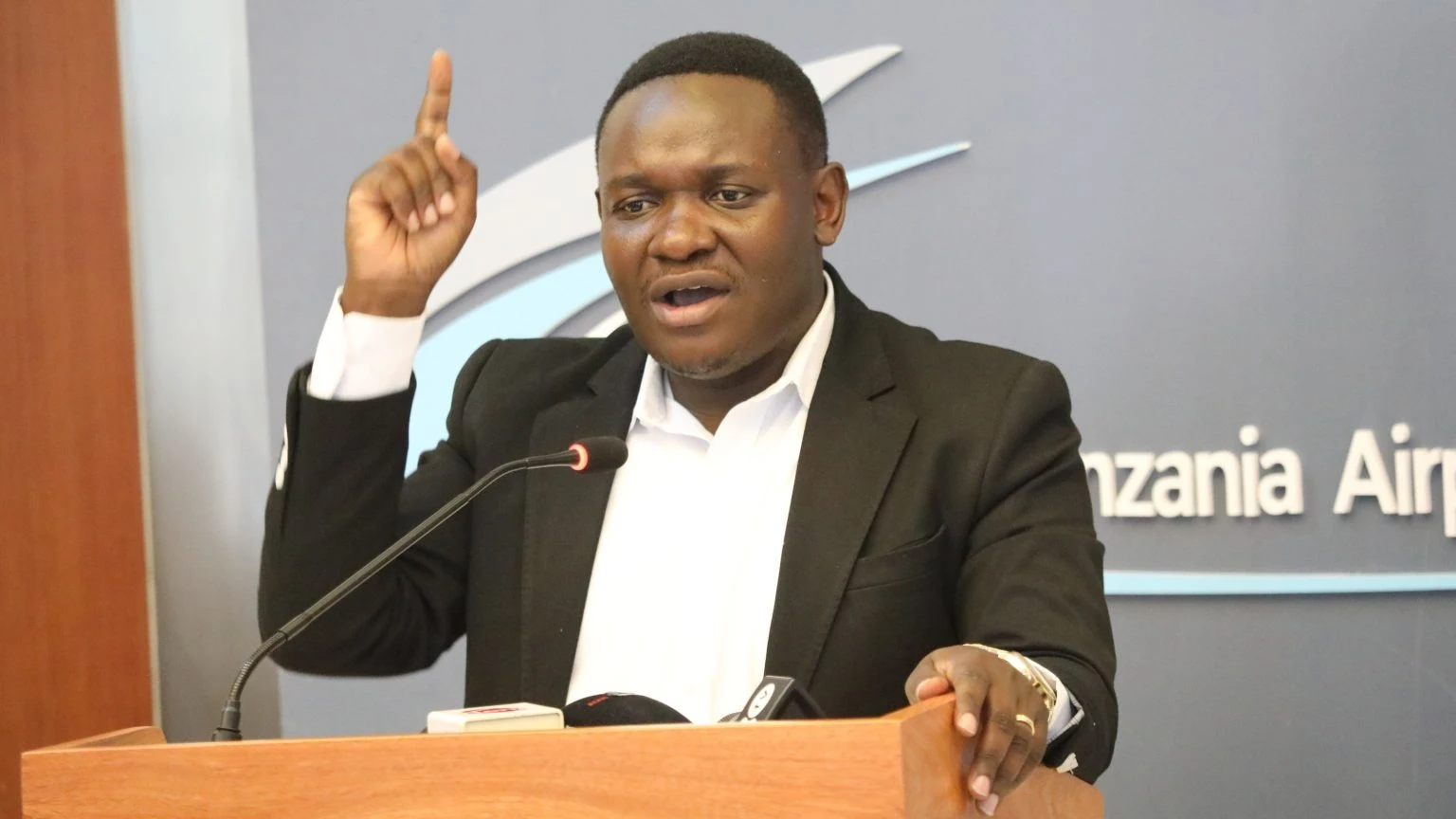EAC hands over site for Kenya, Uganda road project

THE East African Community (EAC) has officially handed over the project site for the 256km Kisumu-Kakira expressway connecting Kenya and Uganda to the consultancy team of Germany’s GOPA Infra and Kenya’s ITEC Limited which is conducting the feasibility study.
The Kisumu-Kisian-Busia/Kakira-Malaba-Busitema-Busia expressway will run from Kisumu in northern Kenya to Kakira in eastern Uganda, forming part of the Northern trade corridor, which provides the EAC partner states of Uganda, Rwanda, Burundi, South Sudan and the Democratic Republic of Congo (DRC) with faster access to Kenya’s Port of Mombasa. The route is also one of the sections of the Mombasa-Kigali expressway that runs between Kenya and Rwanda.
The African Development Bank (AfDB) is funding the US$1.5 million feasibility study.
The project involves the rehabilitation of the existing two-lane single carriageway to bitumen standards and upgrading the road to a two-lane dual carriageway over 104km.
The road project is divided into four sections. The first is the 11km Kisumu-Kisian section, which comprises the 3.5km Kisumu central business district to Kisumu International airport (KIA) road and the 7.5km KIA-Kisian stretch.
The second section runs for 104km from Kisian to the Busia one-stop border post (OSBP). This road requires rehabilitation and capacity enhancement to be able to accommodate current and future traffic volumes along the corridor.
The third section is the main segment of the project on the Ugandan side and runs for 127km from Kakira in the east to Malaba on the Kenyan border. It is planned to be the continuation of the Kampala-Jinja expressway, which is expected to be completed by 2025.
The final section is the 17km Busitema-Busia stretch, which links the Kakira-Malaba segment with Kisian-Busia section in Kenya via the Busia OSBP. This forms part of the Mombasa-Nairobi-Kisumu-Busia-Kampala road.
The consultants will determine the economic viability of upgrading the existing road sections to expressway standards. The studies will be carried out over the course of 18 months as one integrated project but in two country-based packages.
The team will review previous studies carried out in 2015 as well as carrying out new feasibility studies, environmental and social impact assessments and resettlement action plans (RAP).
The study will also consider improvements to the Busia and Malaba OSBPs and upgrading the Lwakhakha border crossing between Kenya and Uganda to an OSBP. The consultants are expected to propose measures including digitalising weighbridges and establishing roadside rest areas and intelligent transport systems.
Principal civil engineer at the EAC Secretariat Godfrey Enzama said the project is intended to improve traffic flow and address the issue of poor road safety along the route. He said the entire EAC region, particularly some sections of the Northern Corridor, has very high incidences of fatal road crashes caused by a variety of reasons including driver behaviour, bad weather, poor road conditions and pedestrian-vehicle accidents.
EAC Deputy Secretary-General for Infrastructure Aguer Ariik Malueth said the community expects partner states to look at upgrading the other sections of the Northern Corridor from Mombasa to Nairobi and Malaba and from Kampala westward towards Katuna and Mpondwe.
There are 10 cross-border corridors covering a total of 15,000km that form the EAC road network project: The Northern, Central, Dar es Salaam (Tazara), Namanga, Sumbawanga, Sirari, Coastal, Mtwara, Tanga and Gulu corridors.
Top Headlines
© 2024 IPPMEDIA.COM. ALL RIGHTS RESERVED

























